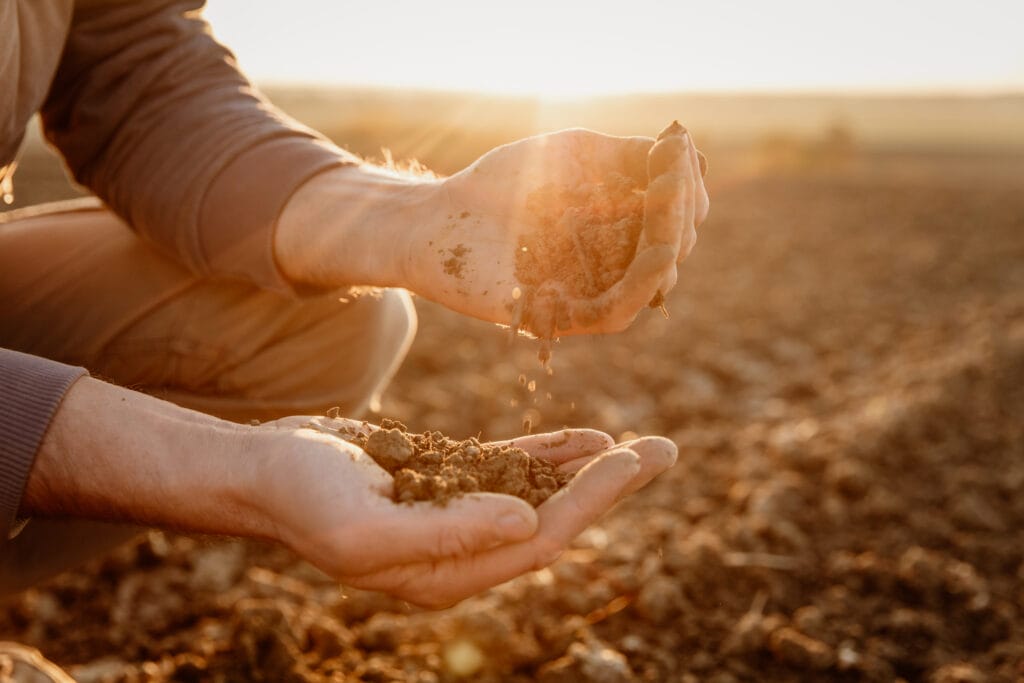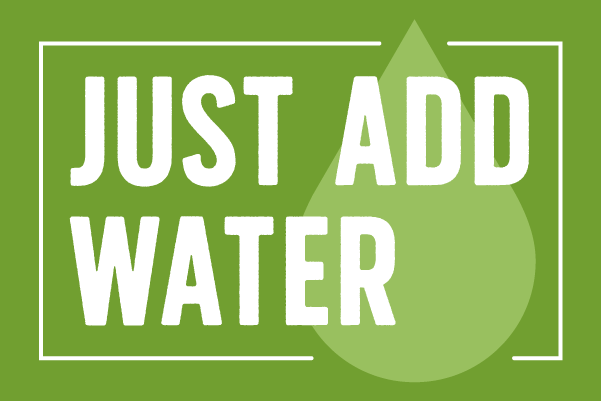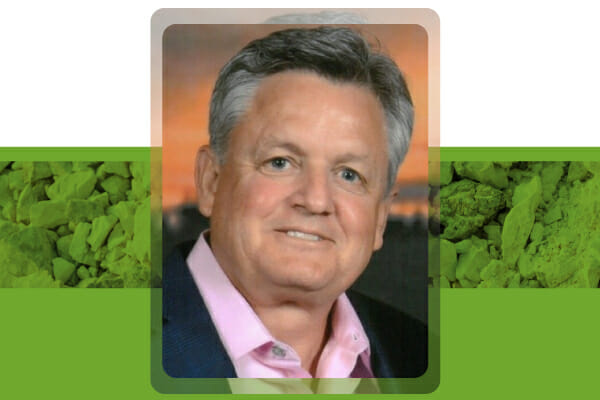When it comes to lime stabilization of clay soil, one critical aspect that often gets overlooked is the proper addition of water. During lime stabilization, chemical reactions occur that generate cementitious products known as calcium-silicate-hydrate (CSH) or calcium-aluminate-hydrate (CAH). It is impossible for these reactions to be completed without the “hydrate” (i.e. water) portion of the equation.
During the initial mixing stage, it is recommended to maintain the moisture content at approximately 3% above optimum, as determined by a moisture density curve (Proctor). This moisture should be maintained during the mellowing phase of the process, which is generally one to three days. After the mellowing period is over, the soil should be remixed and enough water should be added to bring the moisture equal to or slightly above optimum.
“Never starve the lime stabilization process of water” is the guidance that should always be followed on lime stabilization projects.

So, how do you know how much water to add?
A practical and straightforward method used during the mixing phase is the “meatball” test. This test involves grabbing a handful of soil and squeezing it into a meatball shape. If your soil meatball crumbles in your hand, more water is needed. If it’s dripping water, it’s too wet. The ideal moisture content is achieved when a small amount of water can be squeezed out of the soil meatball.
How do you know how long to keep [it] watered?
The soils should always be at or above optimum, and the surface of the compacted soil should always be at least slightly damp until it is either sealed or covered with subsequent paving layers such as base material, hot mix asphalt or concrete.
Can you get the soil too wet during the process?
Yes—although it is rare, such as during a heavy rain or similar event. As long as the lime has been mixed into the soil at the proper depth, there are no real adverse effects from having too much water. The lime stabilized layer will not be diluted or harmed in any way if the moisture content is on the high side of optimum.
When errors are made regarding not putting in the proper amount of water, about 90% of the time it is because enough water isn’t added or the user didn’t realize more water was necessary to maintain moisture content. In rare extremes, when too much water is added, the construction equipment could get stuck in the uncompacted soil.
Why does the soil dry so fast during the lime stabilization process?
Lime in the presence of water produces heat. Dry quicklime (CaO), for example, goes through an exothermic reaction in the presence of water and can reach temperatures in the range of 200F. As the quicklime becomes hydrated lime (Ca(OH)2)—which has approximately 22% water by weight—the chemical bonding and heat of the hydration process both consume a considerable amount of water.
Less initial water is consumed when using lime slurry rather than quicklime, because the heat generation is much lower. However, keep in mind that there is an ongoing chemical process in the lime stabilization process as described earlier. This chemical process, which generates the cementitious products CSH and CAH, involves hydration. All the processes mentioned above consume water and are the main reason that contractors sometimes underestimate how much water is needed during the process of lime stabilization.
Environmental conditions and soil composition also play a role in determining how much—or how little—water is needed for the stabilization process. Temperature, humidity, wind speed, and solar radiation affect how quickly a soil dries out. The soil composition itself also affects how much water is needed. For example, the in-situ moisture content of a clay soil can vary greatly. The type of clay itself can also have a big impact on how much water is needed.
Conclusions: Many factors affect how much water is needed to properly lime stabilize a clay soil. Historically, one of the most common errors we see is underestimating how water is needed during the lime stabilization process. Determining the proper amount of water is certainly not an exact science, so we always go back to the guidance of “Never starve the lime stabilization process of water.” Simply keeping the moisture content near or above optimum is a best practice, and if you are not sure if you are at or above optimum, don’t be afraid to make some “meatballs.”

